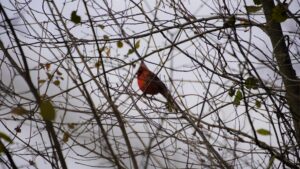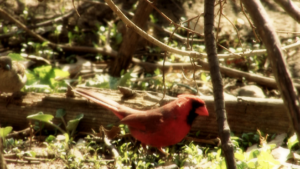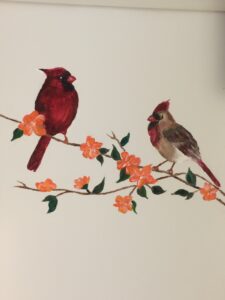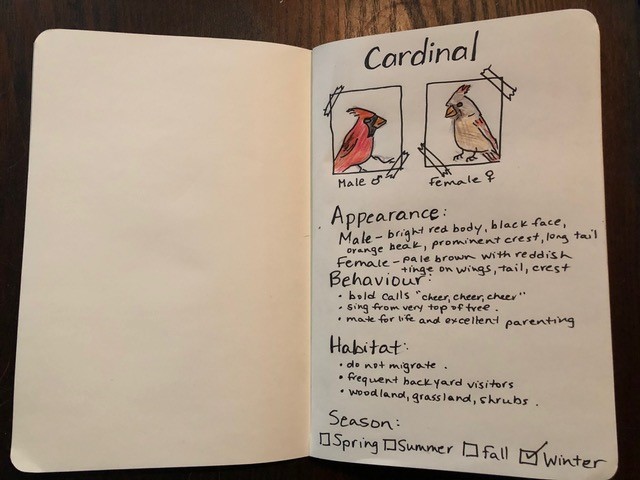Hello everyone and a big welcome back to the blog! The Christmas Bird Count is still happening
until January 5, 2021, and although it looks a little different this year, it’s a great opportunity for
us citizen scientists to practice our observation and documentation skills. Practicing our bird
counts will help us prepare for the next event in February!
One of my favourite things about living Canada is the way that the seasons change. I always
look forward to the upcoming season and take care to observe changes in weather,
temperature, as well as plant and animal cycles. The rhythm of seasonal changes is both
exciting and comforting as birds and other animals transition to periods of hibernation,
migration or winter foraging in winter. I always say that my favourite season is whichever one
comes next, especially as I begin to sense the little changes in my natural environment and the
feeling of anticipation that comes with them.

Now, it is officially winter and there have been some beautiful snowy days, covering the trees in
snow and making my backyard look like a wintery scene in a Christmas card. Activity at my
feeder has been a little slow, so I have been rearranging my feeders to suit the birds who will be
frequent visitors all winter. Now is the perfect time to bring out our suet feeders because the
cold temperatures will ensure that the fatty suet won’t melt away. Suet feeders use rendered
fat to bind seeds, insects and berries together as an excellent winter food source for backyard
birds. Learn how to make your own suet ball by following the “Craft Time” link on the
homepage!

The other day, as I looked out into the snow-covered branches of the cedars in my yard, I saw a
brilliant flash of red and suddenly a Cardinal emerged! The bold red colour of the male Cardinal
against the snowy winter scene truly captured the holiday spirit and brought a smile to my face.
Although Cardinals are common in my area, the first sighting against a backdrop of snow always
brings a feeling of excitement and surprise. Truly, any time I spot a Cardinal, no matter the
season, I smile and feel lucky to have seen it. Do you feel the same way?
One of my favourite things about Cardinals is trying to spot the pair, male and female. Cardinals
are unique in that they stay with their mate all year round, not just during mating season. The
male and female have similar shape but different colours. Males are vibrant red all over with a
black face and orange beak and females are a creamy brown colour with red on their beak,
wings, tail and crown. They also stay all winter long and keep their bright colours, unlike some
songbirds such as the Goldfinch who take up a more muted colouration after spring mating
season.

There is a really cool connection between the bright colour of the Cardinal and the fact that
they don’t migrate. Many birds are masters of camouflage, almost imperceptible among the
trees and plants where they live. A male Cardinal is bright and flashy, it’s hard to hide that
bright red in the middle of winter! One of the reasons that Cardinals are so common and bright
is that they have a long mating season. This means that they spend less time flying to new
habitats and more time nesting and caring for their young. Cardinals are excellent parents, and
the male’s stunning red feathers and cool crown plumage help attract an excellent mate. If you
hear the Cardinal’s call, which sounds a bit like “cheer, cheer, cheer,” be sure to look up to the
top of the tree, it’s favourite singing place for Cardinals.
Hope you’ve enjoyed my blog for this week! And I hope you spot a beautiful Cardinal this winter
season.


Recent Comments